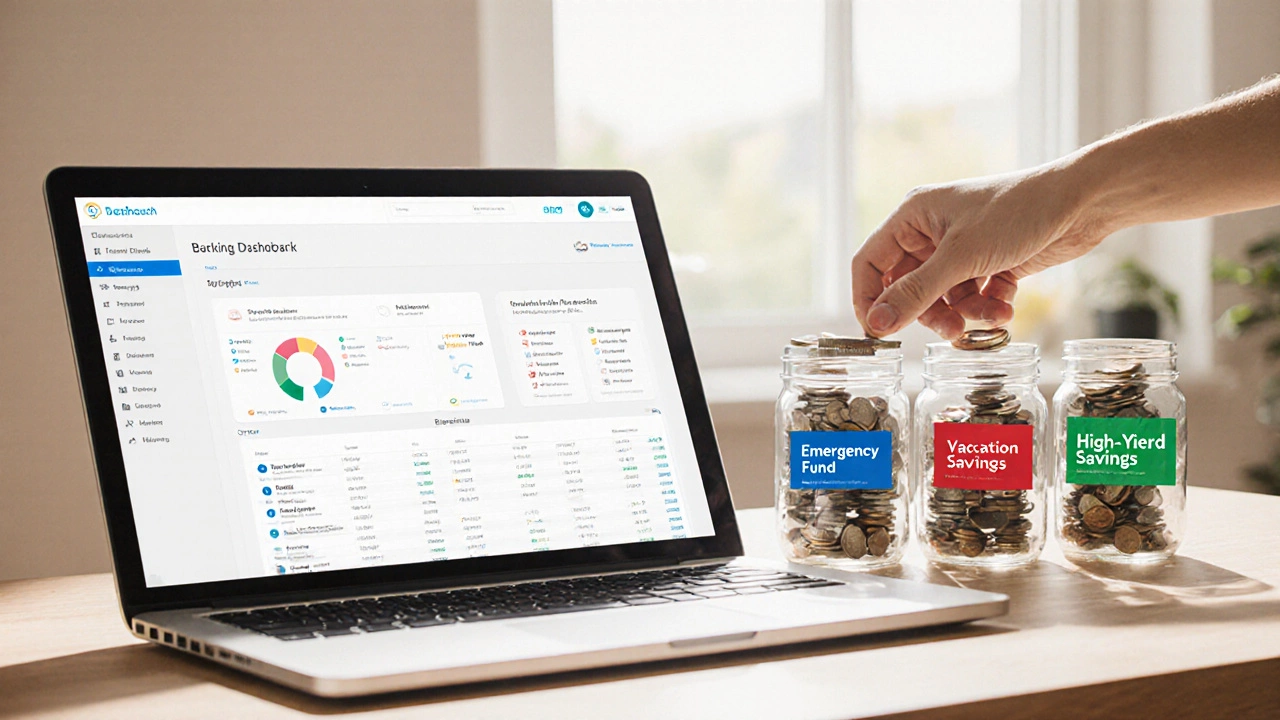
Should I Have Three Savings Accounts?
Quick Decision Tool
Answer these questions to see if managing three savings accounts aligns with your financial situation:
Your Recommendation:
Having three savings accounts can provide structure and optimize returns, but it adds complexity. This tool helps you evaluate if the benefits outweigh the costs based on your financial habits and goals.
When you hear “savings account,” you probably picture one place where you stash cash for a rainy day. Yet many Australians ask themselves whether spreading that stash across multiple savings accounts could actually tighten control over their money.
Why People Think About More Than One Savings Account
Separating cash isn’t just a quirky habit; it can address three common financial challenges:
- Keeping distinct goals from bleeding into each other.
- Chasing better rates without losing the safety of a familiar bank.
- Dodging fees that surface when a single account sits idle or exceeds transaction limits.
These pressures often lead to the classic trio: an Emergency Fund, a Goal‑Based Savings (think vacation or a new car), and a High‑Yield Savings Account that chases the best Interest Rate available.
Pros of Having Three Separate Savings Accounts
1. Clear mental accounting - When each bucket has a purpose, you instantly know whether you’re dipping into emergency cash or borrowing from a vacation stash.
2. Rate optimization - Not all banks offer the same Interest Rate. By holding a small portion in a high‑yield account, you let that money grow faster while keeping the bulk where you need easy access.
3. Fee avoidance - Many traditional accounts charge a monthly maintenance fee unless a minimum balance is kept. Splitting money lets you meet that threshold in one account while keeping ultra‑low‑fee accounts for the rest.
4. Automation friendly - Modern banking apps let you set up Automatic Transfers that move a fixed amount each payday from your transaction account into each savings bucket. Once the rules are in place, you barely have to think about it.
Cons You Should Keep on Your Radar
1. Complexity - More accounts mean more passwords, more statements, and a higher chance of forgetting which account lives where.
2. Potential hidden fees - Some online banks waive fees only if you maintain a certain balance. Splitting money too thin could trigger a charge you didn’t anticipate.
3. Tracking effort - Even with apps, you need a quick‑view dashboard or a spreadsheet to know the total amount you have across all buckets.
Choosing the Right Mix for Your Situation
Below is a quick decision matrix to help you decide whether three accounts make sense, versus sticking with one or two.
| Metric | One Account | Two Accounts | Three Accounts |
|---|---|---|---|
| Simplicity | Very high | High | Medium |
| Interest Rate Optimization | Low - limited to one bank’s rate | Medium - can split between a standard and a high‑yield account | High - dedicated high‑yield bucket plus low‑fee accounts |
| Goal Tracking | Low - everything mingles | Medium - one account for emergencies, one for goals | High - each major goal has its own space |
| Fee Exposure | Depends on balance thresholds | Can avoid fees on one account | Can strategically keep each account under fee triggers |
| Automation | Simple - one rule | Two rules - still easy | Three rules - needs a solid app or spreadsheet |
Step‑by‑Step Guide to Setting Up Three Smart Savings Accounts
- Define your three pillars. Write down the exact purpose of each account - e.g., "Emergency fund (3‑6 months of expenses)," "Vacation fund - Bali 2026," and "High‑yield cash (any amount over $5,000)."
- Pick the right institutions. For the emergency fund, choose a big‑bank Standard Savings Account that offers free ATM withdrawals and a decent Interest Rate. For the goal‑based bucket, a low‑fee account with easy mobile transfers works best. For the high‑yield bucket, look for an online‑only bank that advertises rates above 4% and minimal fees.
- Open the accounts. Most banks let you apply online in under ten minutes. Keep a spreadsheet ready to record the account number, routing number, and the bank’s fee schedule.
- Set up Automatic Transfers. Schedule a recurring transfer on payday: 40% to the emergency fund, 30% to the goal‑based savings, and the remaining 30% to the high‑yield account. Adjust percentages based on your personal priorities.
- Monitor monthly. Use your bank’s “linked accounts” view or a budgeting app like MoneyBrilliant or Pocketbook. Confirm that each bucket is growing as expected and that no hidden Bank Fees have appeared.
- Rebalance annually. If the high‑yield account’s balance drops below the fee‑waiver threshold, consider moving a small portion back into the standard account or hunting for a new high‑yield offer.
Tips to Keep the System Simple
- Use one password manager. Store all three login credentials in the same vault so you never lose access.
- Label accounts clearly. In your banking app, rename them “Emergency,” “Holiday 2026,” and “High‑Yield.”
- Leverage notifications. Turn on low‑balance alerts for the emergency fund; you don’t want it to dip below the safety net.
- Consolidate statements. If your banks allow PDF aggregation, set up a rule that sends all monthly statements to a single folder for quick review.
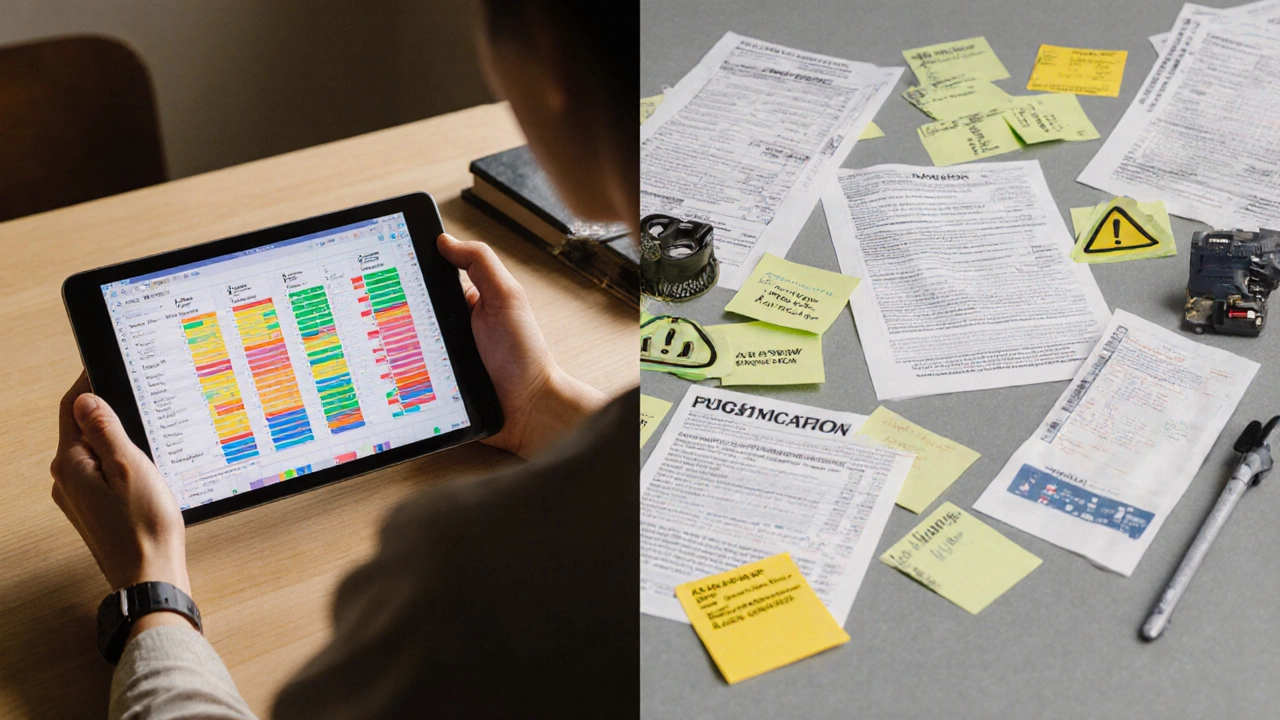
When Three Accounts Might Be Overkill
If your total savings are under $2,000, the administrative overhead can outweigh the benefits. In that case, a single high‑yield account with a clear internal labeling (e.g., “EMERGENCY” in the memo field) could be enough.
Likewise, if you have a volatile income (freelancers, gig workers) and need immediate access to every dollar, keeping cash in one ultra‑liquid account may reduce the risk of forgetting where a chunk is parked.
Quick Checklist - Do You Need Three?
- Do you have at least $5,000 extra after covering an emergency cushion?
- Do you regularly save for distinct goals (travel, education, big purchase)?
- Can you set up automated transfers without hassle?
- Are you comfortable managing a few passwords and monthly statements?
If you answered “yes” to most, three accounts can give you structure and better returns. If not, start with one or two and revisit later.
Frequently Asked Questions
Is it safe to keep money in multiple banks?
Yes. In Australia, the Australian Prudential Regulation Authority (APRA) guarantees deposits up to $250,000 per institution. Spreading cash across different banks can even increase your protected amount.
Will I lose interest if I move money too often?
Most high‑yield accounts calculate interest daily, so occasional transfers won’t hurt you much. However, frequent moves could trigger transaction limits or fees on certain accounts, so keep transfers to scheduled, predictable dates.
Can I automate transfers between accounts at different banks?
Yes. Most major banks support “Pay‑Anyone” or BPAY style transfers that can be scheduled. Some online-only banks also let you link external accounts for automatic sweeps.
Do I need a separate account for my emergency fund?
A dedicated emergency fund is a best practice because it removes the temptation to spend that cash on non‑essential items. A standard savings account with quick access and no withdrawal fees works well.
What’s the biggest mistake people make with multiple savings accounts?
Leaving one of the accounts under‑funded so that it incurs a maintenance fee. The cure is to set a minimum balance rule or consolidate that account if the fee outweighs any benefit.


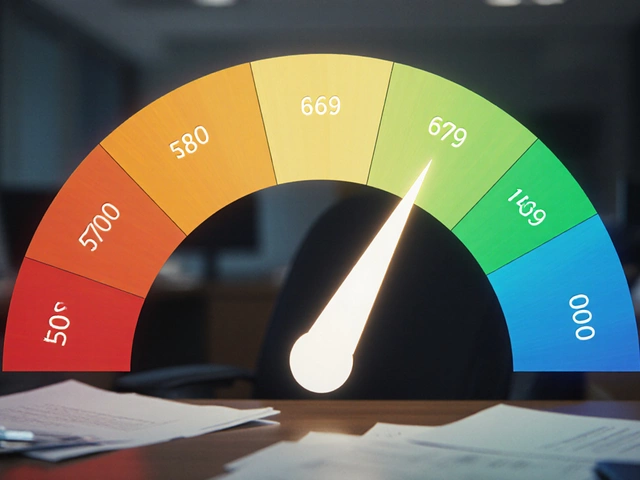

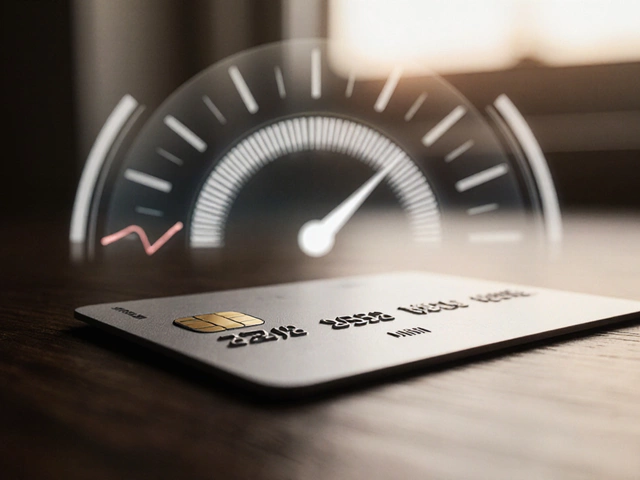
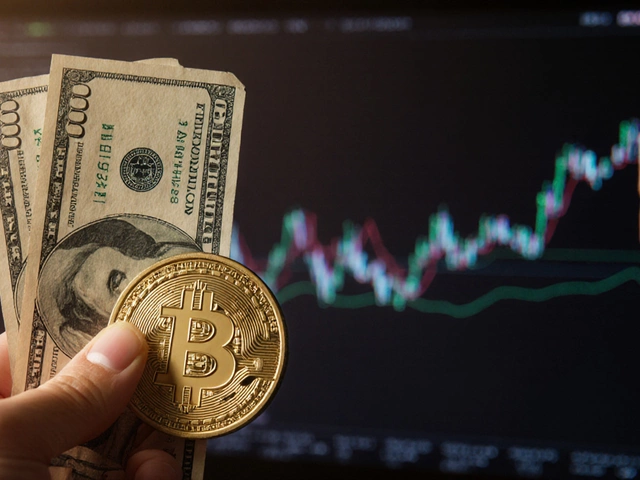


Write a comment